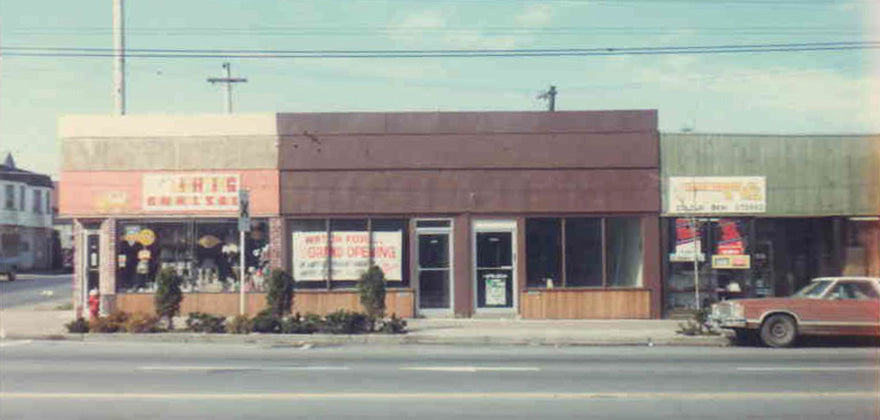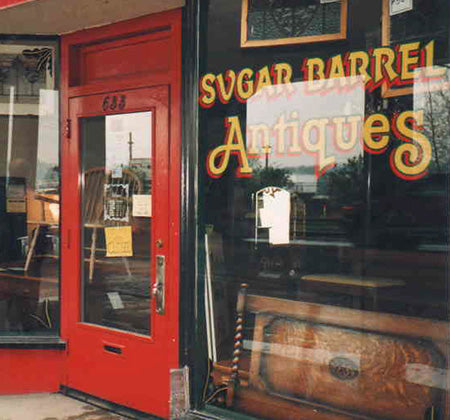-Antiques To Mid-Century Modern-
Greetings, I am Jeremy and By Design Modern was born of my family's 52 year furniture business, Sugar Barrel Antiques, established by my father in 1967. Items were initally acquired locally, then imported from Europe.
After 30 years of purveying quality antiques from our brick and mortar shops, we additionally went online in 1999.
In 2004 a shift was noticed, people were furnishing their spaces with a sleek, simple aesthetic, mid-century modern was on the rise!
Sourcing local premium items was difficult, I wanted to offer a sizable selection of Scandinavian goods. So, in 2005 I made my first trip to Denmark to procure and import Danish mid-century furniture to Vancouver.
20 years have passed since that inaugural trip and I continue to import hundreds of hand selected Danish items every year. I'm passionate about providing unique, quality furniture and lighting to a discerning clientele!
What is Danish Modern?Danish modern is sub style of the overall mid-century modern design movement. Primarily a style of minimalist furniture and housewares from Denmark associated with the Danish design movement. Danish designer and architect Kaare Klint, in the 1920s, embraced the principles of Bauhaus modernism in furniture design. Creating clean, pure lines with exceptional craftsmanship and quality. Designers such as Arne Jacobsen and Hans Wegner helped Danish furniture thrive in the 1940s to the 60s. Adopting mass-production techniques and concentrating on form rather than only function. Finn Juhl, Borge Mogenesen, Grete Jalk, Poul Kjaerholm and others contributed to the style's success. |




